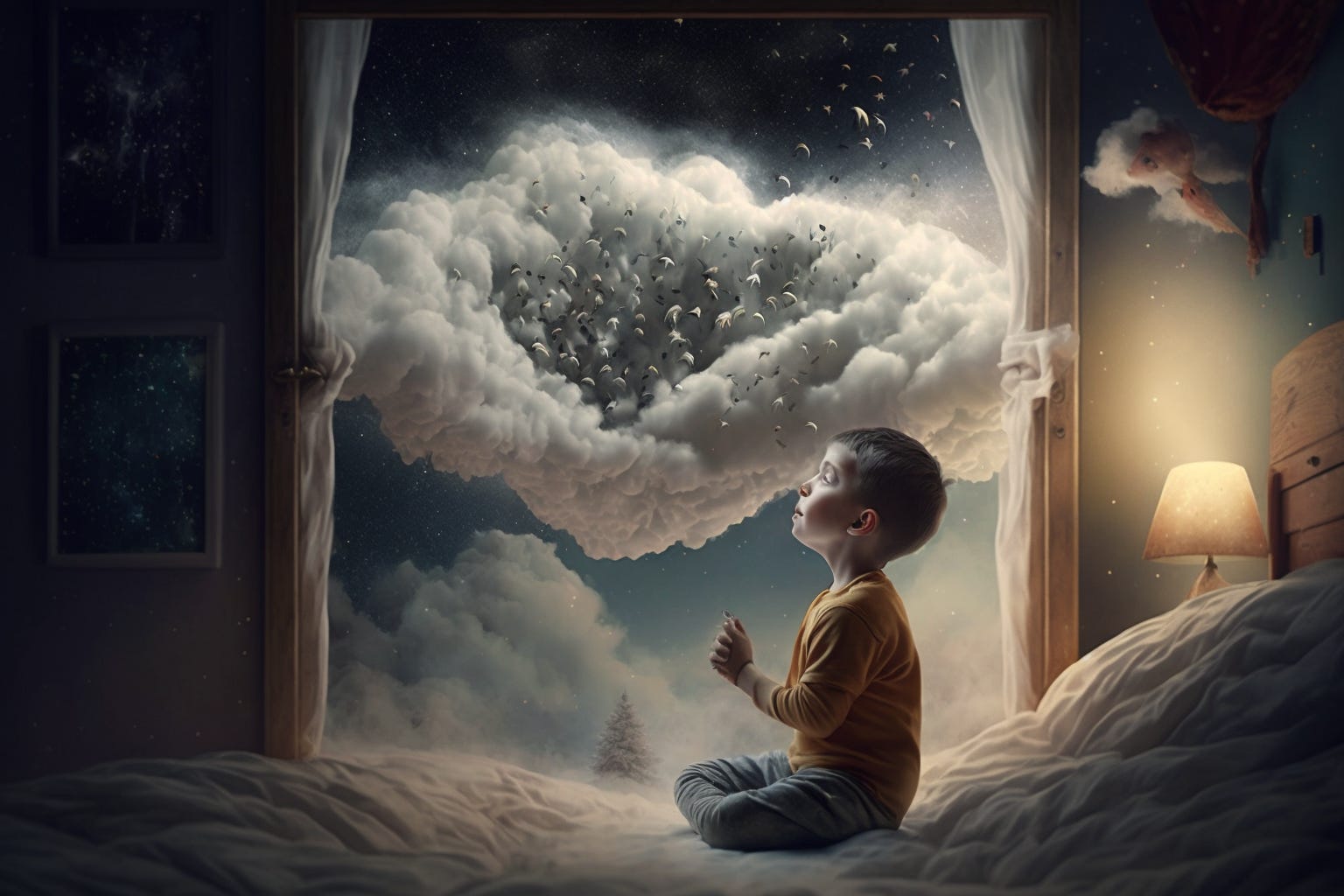When Dreams Take Over the Day
Do You Wake Up Feeling More Tired Than Rested? You’re not alone.Meet Jihan, a 27-year-old professional navigating his day job with a secret struggle that started back in school: persistent daytime tiredness and unusually vivid dreams. His journey sheds light on an issue many silently face — and often overlook — until it starts affecting their work, focus, and well-being.
A Story That Begins in Childhood.Even as a child in Class VI and VII, Jihan found it hard to wake up for school. Mornings were a battle, and the fatigue didn’t stop there — he often needed a nap after school just to stay functional. Back then, it was easy to dismiss these signs as "normal laziness" or growing pains"
But as he stepped into adulthood, the struggle remained — and got worse.
Fast Forward to Today: The Fatigue Persists
Now, working a full-time job from 10 AM to 7 PM, Jihan follows a consistent sleep schedule: Bedtime: 11 PM – 12 AM Wake Time: 7 AM (with an alarm), or 9 AM (without one, feeling slightly better)
Despite sleeping 7–8 hours, Jihan wakes up tired, foggy, and mentally drained. His sleep is filled with intensely vivid dreams, especially in the early morning hours. Sometimes, even during short 15-20 minute power naps, he experiences dreams that feel too real — occasionally followed by moments of possible sleep paralysis.
At work, he doesn’t doze off — but the sleepiness nags at him. He pushes through, takes a quick nap during lunch, and temporarily feels better.
The Impact: More than Just Sleepiness
Jihan’s concentration suffers, productivity dips, and he feels like he's constantly catching up — not just with tasks, but with his own energy levels.
There’s no snoring, no restless leg movements, and no known mental health conditions. His mood is stable, and he’s tried over-the-counter melatonin for a while, with little effect. He does not get regular physical exercise and has faced increased stress, which may be aggravating the issue.
After a clinical evaluation, Jihan’s symptoms raise flags for:
What’s next for Jihan? A Plan of Action
Are You Ignoring the Signs?
Jihan’s story is not rare. If you experience:
It might be more than just “poor sleep.” You could be experiencing a sleep disorder.
Sleep Is Not Just Rest — it’s Recovery.Ignoring these symptoms can silently chip away at your focus, productivity, mood, and quality of life. If you or someone you know is struggling with unexplained daytime tiredness, consider reaching out to a sleep specialist.
Let Jihan’s Journey Inspire You to Listen to Your Sleep.Vivid dreams and daily exhaustion are not just quirks — they’re signals from your body. Take them seriously. Get evaluated. Sleep better. Live better.

